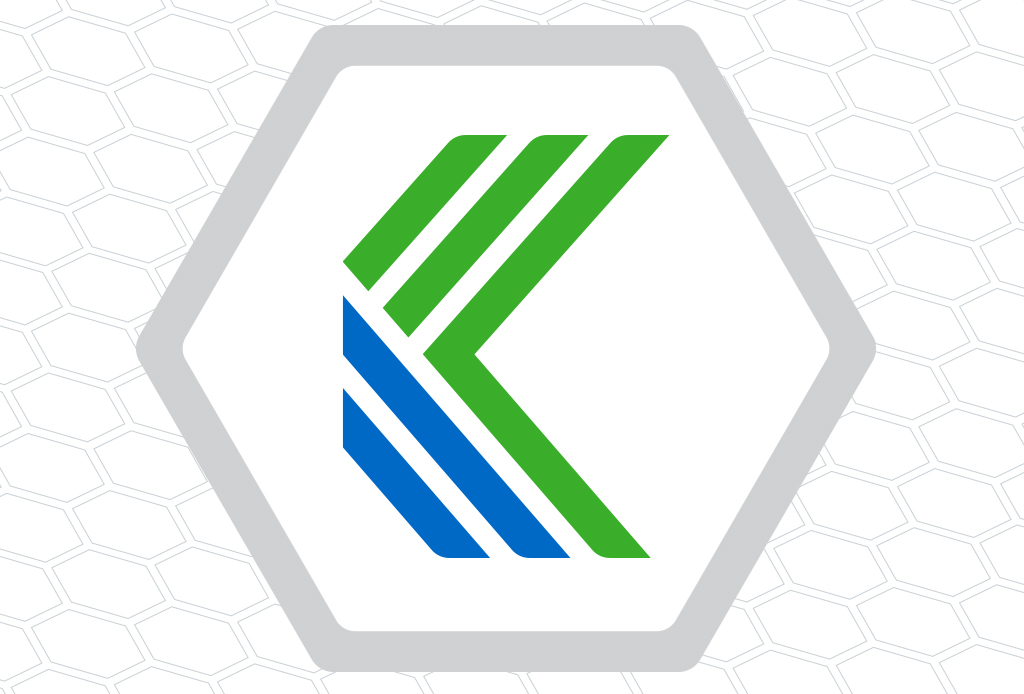Meet the Team
Daniel Davila
Technical Leader
Kitware North Carolina
Carrboro, NC
M.S. in Electrical Engineering
Georgia Institute of Technology
B.S. in Electrical Engineering
Georgia Institute of Technology
Daniel is a staff R&D engineer on Kitware’s computer vision team located in Carrboro, North Carolina. He has over seven years of experience developing edge sensing systems in the energy, space, and defense industries. Since joining Kitware in 2019, he has led proposals resulting in more than $2.5M in funding for government and commercial clients.
Daniel’s expertise spans the areas of deep learning for real-time low-SWaP environments, systems engineering, and project management. He serves as technical lead, project manager, and deep learning subject matter expert on a variety of efforts focused on the exploitation of imagery collected from multiple imaging domains and robotic platforms. Daniel brings to each effort a deep knowledge of state-of-the-art multi-modality and multi-platform person ATR, tracking, pose extraction, and activity classification.
Prior to joining Kitware, Daniel spent four years as a research engineer at the Southwest Research Institute (SwRI) where his group focused on sensing systems for industrial and space applications. While there, he served as technical and project lead for a team that created the world’s first system for detecting crude oil spills on land and water using COTS visible and thermal imagery using computer vision. For this work, they received an R&D 100 Award in 2017. His team went on to build the first system for automated methane leak detection using AI and medium wave infrared imagery from both ground and aerial platforms. At SwRI, Daniel also led his analytics team in a multitude of areas including the space sciences, automotive engine testing, and industrial inspection.
Daniel received his master’s and bachelor’s degrees in electrical engineering from the Georgia Institute of Technology.
Awards
R&D 100 Award presented by WTWH Media for the Smart LEak Detection System (SLED), 2017
Publications
- D. Davila, D. Melamed, D. Depauw, and J. Anderson, "Multi-ATR Fusion and Ontological Deconfliction for Geospatial Imagery," in Proceedings of the National Security Sensor and Data Fusion Committee (NSSDF), 2023.
- D. Davila, D. Du, B. Lewis, C. Funk, J. Van Pelt, R. Collins, K. Corona, M. Brown, S. McCloskey, A. Hoogs, and B. Clipp, "MEVID: Multi-view Extended Videos with Identities for Video Person Re-Identification," in IEEE/CVF Winter Conference on Applications of Computer Vision (WACV), 2023. [URL]
- R. Yu, D. Du, R. LaLonde, D. Davila, C. Funk, A. Hoogs, and B. Clipp, "Cascade Transformers for End-to-End Person Search," in Proceedings of the IEEE/CVF Conference on Computer Vision and Pattern Recognition, 2022. [URL]
- D. Davila, J. VanPelt, A. Lynch, A. Romlein, P. Webley, and M. Brown, "ADAPT: An Open-Source sUAS Payload for Real-Time Disaster Prediction and Response with AI," in Workshop on Practical Deep Learning in the Wild, 2022. [URL]
- M. Brown, K. Fieldhouse, A. Romlein, D. Davila, E. Borovikov, A. Lynch, and A. Hoogs, "Person Tracking, Re-identification, and Threat Detection by Autonomous Unmanned Systems within Complex Urban Environments," in Proceedings of the MSS National Symposium on Sensor and Data Fusion, 2021.
- M. Araujo, S. Siebenaler, E. Dupont, S. Blaisdell, and D. Davila, "Near Real-Time Automated Detection of Small Hazardous Liquid Pipeline Leaks Using Remote Optical Sensing and Machine Learning," in Volume 3: Operations, Monitoring and Maintenance; Materials and Joining, 2016. [URL]

